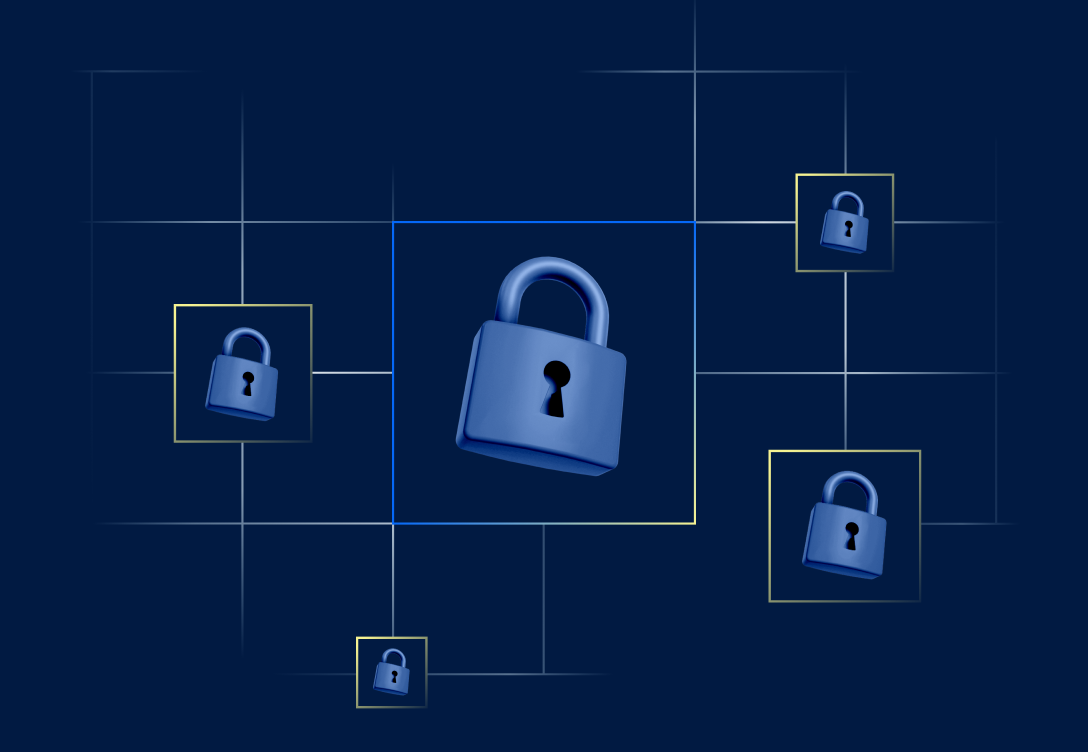In the heart of every modern enterprise lies a paradox. The very data that powers innovation and growth has become so vast and complex that it threatens to overwhelm the organizations it's meant to serve. Welcome to the age of data chaos – a phenomenon that's reshaping how we think about governance, trust, and the future of business itself.
The Exponential Surge
Remember when data storage was measured in gigabytes? Those days feel almost quaint now. Today's enterprises don't just deal with structured databases and neat spreadsheets. They grapple with an explosion of data types: real-time sensor feeds, social media interactions, customer journey touchpoints, IoT device signals, and AI model outputs. Each second brings new data points, each interaction creates new connections, and each business process generates volumes of information that would have been unimaginable just a decade ago.
The numbers tell a compelling story. According to recent industry analyses, the global data sphere is doubling every two years. But it's not just the volume that's overwhelming – it's the velocity and variety. Organizations now manage data flowing through hundreds of microservices, dozens of third-party integrations, and increasingly complex AI/ML pipelines.
Understanding the "Governance Gloom"
This explosive growth has given rise to what we call "Governance Gloom" – a state where organizations find themselves operating in the shadows of their own data ecosystem. Like a dense fog settling over a landscape, this gloom obscures visibility, creates uncertainty, and makes navigation treacherous.
The Governance Gloom manifests in several critical ways:
Blind Spots in Data Transformations
Organizations increasingly struggle to track how data morphs and evolves as it moves through their systems. A simple customer email address might be transformed, combined with other data points, and used in dozens of different ways across various services. Without proper visibility, companies can't guarantee they're honoring their privacy commitments or regulatory obligations.
Static Tools in a Dynamic World
Traditional governance tools were built for a different era – one where data movements were predictable and changes were infrequent. Today's digital ecosystem is constantly evolving, with new data sources being added, new processing patterns emerging, and new regulatory requirements being introduced. Static, point-in-time assessments simply can't keep pace.
The Trust Deficit
As organizations lose sight of their data flows, they also risk losing something even more valuable: trust. Customers, employees, and regulators increasingly demand transparency and accountability in data handling. The Governance Gloom creates a trust deficit that can have far-reaching consequences for brand reputation and business growth.
Why Traditional Approaches Fall Short
The traditional approach to data governance resembles trying to map an ocean with tools designed for a pond. Here's why conventional methods are failing:
- Manual Processes Don't Scale: Traditional governance relied heavily on manual audits, surveys, and documentation. In today's rapid-development environment, these methods can't keep up with the pace of change.
- Siloed Solutions Create Fragmentation: Many organizations have adopted point solutions for specific governance needs – one tool for privacy compliance, another for security, and yet another for AI governance. This fragmentation creates gaps and inconsistencies.
- Reactive Instead of Proactive: Without real-time visibility, organizations are forced into a reactive posture, addressing issues only after they've become problems.
- Limited Context Understanding: Traditional tools track data locations but often miss crucial context about how data is being used, transformed, and combined.
The Real-World Impact
The consequences of operating in the Governance Gloom extend far beyond mere operational inefficiencies. Organizations face:
- Increased regulatory risk as they struggle to demonstrate compliance
- Slowed innovation as teams become hesitant to launch new initiatives without clear governance visibility
- Rising costs associated with manual governance processes and incident response
- Missed opportunities as they fail to fully leverage their data assets
- Eroding stakeholder trust as data practices come under increased scrutiny
Charting a Path Forward
The solution to Governance Gloom isn't simply adding more tools to an already complex stack. Instead, organizations need a fundamental shift in how they approach data governance:
Continuous Visibility
Replace point-in-time assessments with continuous monitoring of data flows and transformations. This means having real-time insights into how data moves, changes, and is used across the entire digital ecosystem.
Unified Governance
Break down the silos between privacy, security, and AI governance. A unified approach ensures consistent policies, reduces redundancy, and closes gaps in coverage.
Automated Intelligence
Leverage automation and AI to scale governance operations, identifying patterns, flagging anomalies, and maintaining up-to-date data maps without manual intervention.
Context-Aware Controls
Move beyond simple location-based governance to understanding the full context of data usage, including purpose, transformations, and downstream impacts.
Looking Ahead
As we navigate through this dawn of data chaos, one thing becomes clear: the organizations that will thrive are those that can turn the Governance Gloom into an opportunity for differentiation. By building robust, scalable governance frameworks that enable rather than inhibit innovation, these leaders will set the standard for trust in the digital age.


